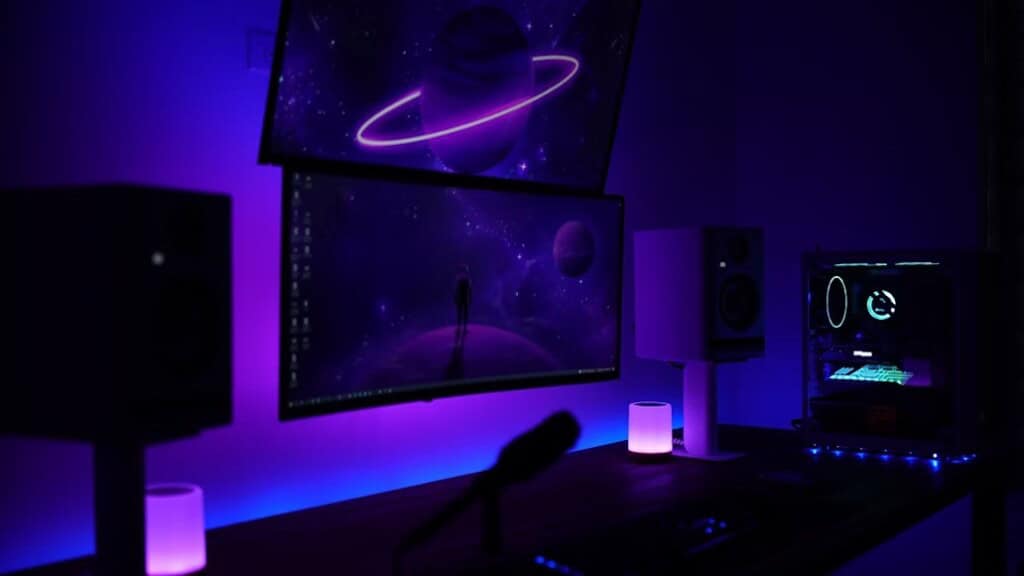Adding an indoor led screen to your space can revolutionize the way you engage with your audience. Whether you’re upgrading a retail store, designing a conference room, or improving your hospitality venue, understanding the installation process is key to getting the best results. In this guide, we’ll walk you through the critical steps and considerations when installing an indoor led screen.

Installing this kind of digital display isn’t just about plugging in a screen. It involves evaluating your space, planning infrastructure, and ensuring technical compatibility. Whether you’re aiming for a sleek visual centerpiece or a high-performance informational hub, every decision impacts the final outcome. A successful setup blends visual quality with functionality, delivering consistent performance without disrupting the environment.
Assessing the Installation Environment
Before anything else, evaluate the space where the screen will be installed. Indoor LED screens come in various sizes and configurations, so it’s essential to measure the available area and identify potential limitations like wall structure, ceiling height, power sources, and viewing angles. A proper assessment ensures the screen fits both physically and visually in the space.
Consider the Viewing Distance
The ideal pixel pitch for your screen depends on how far away viewers will be. For close-range applications like retail or boardrooms, a finer pixel pitch (e.g., 1.5mm to 2.5mm) offers better image clarity. For larger rooms with longer viewing distances, a wider pixel pitch may be sufficient and more cost-effective.
Choosing the Right Mounting Option
There are several mounting methods for indoor LED screens:
Wall-mounted: Great for saving space and creating a seamless look.
Freestanding: Ideal for temporary setups or locations where wall support isn’t feasible.
Hanging structures: Common in venues with high ceilings like stages or exhibition halls.
Ensure that the mounting system supports the screen’s weight and allows for easy access to the panels for maintenance.
Power and Data Planning
LED screens require a stable power supply and efficient data cabling to ensure smooth performance. It’s important to plan the power load according to the screen size and to include surge protection to prevent electrical damage. Data connections typically run from a control unit to each panel in a daisy-chain configuration.
If your screen will be used for dynamic content or live feeds, make sure your network infrastructure is robust enough to support continuous high-speed data transmission.
Content Management Setup
Once your screen is physically installed, the next step is setting up the content management system (CMS). This software controls what appears on the screen and when. Most modern LED displays come with CMS platforms that allow scheduling, live updates, and remote control.
Choose a CMS that suits your needs—some offer cloud-based solutions while others require on-site hardware. Make sure it’s user-friendly, especially if multiple team members will manage content.
Testing and Calibration
After installation, perform thorough testing to ensure all modules function correctly. This includes checking brightness levels, color uniformity, and resolution. Calibration tools may be needed to fine-tune the display and deliver a uniform viewing experience.
Audio integration (if applicable) should also be tested, particularly in conference and event settings. A/V synchronization is key for seamless presentations.
Professional Installation vs. DIY
While some businesses may consider installing an indoor LED screen on their own, professional installation is highly recommended. Experts can handle everything from structural assessment to calibration, reducing the risk of technical issues or screen damage.
Professionals also provide training, warranties, and post-installation support, which are invaluable in maximizing your investment and ensuring smooth operation.
